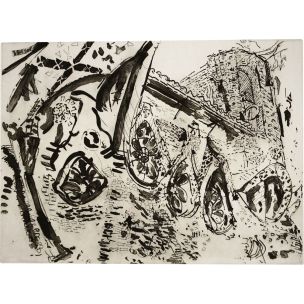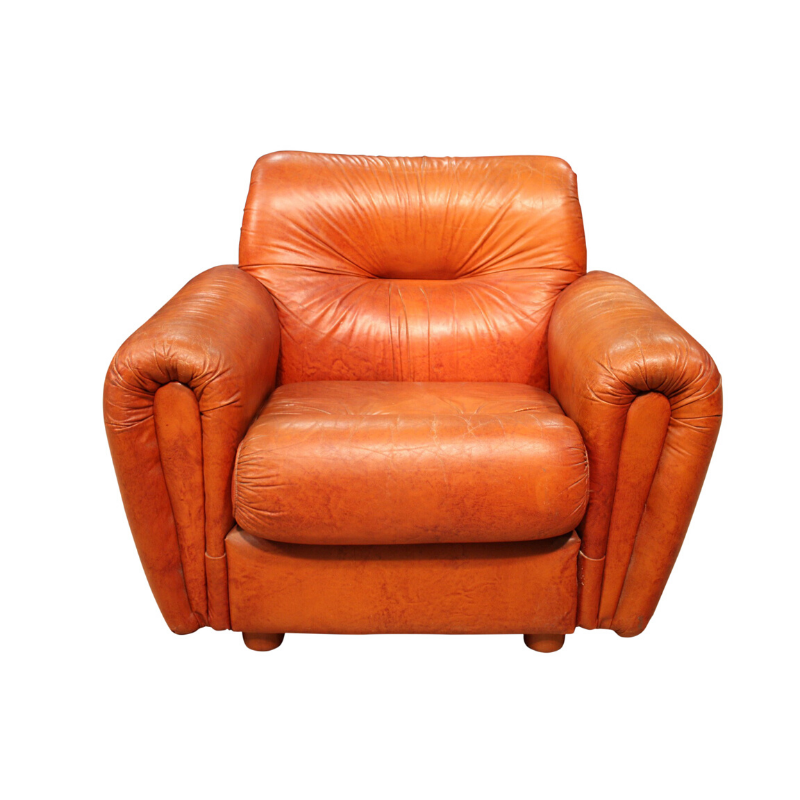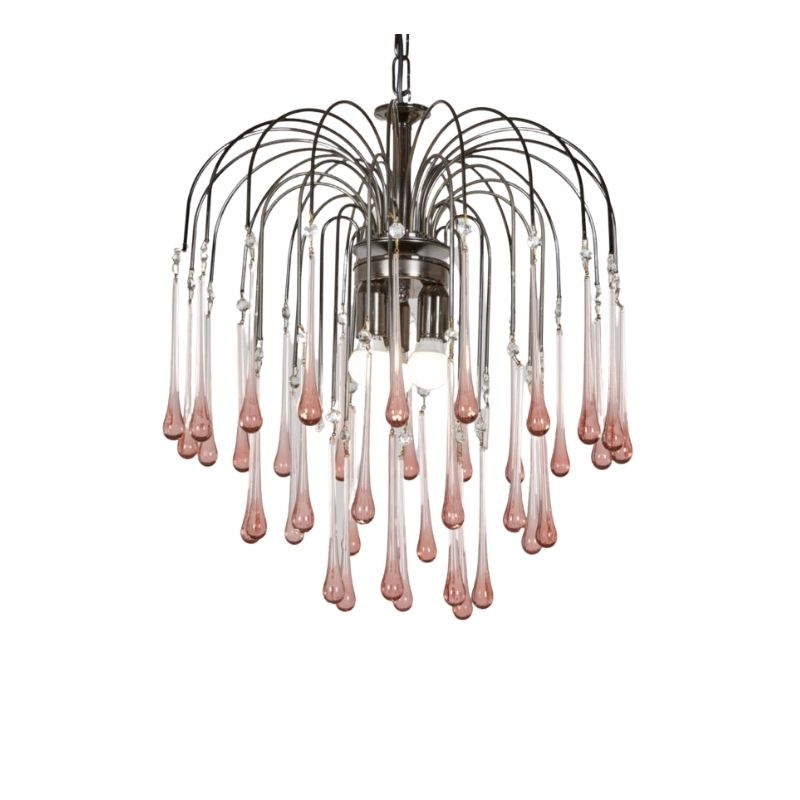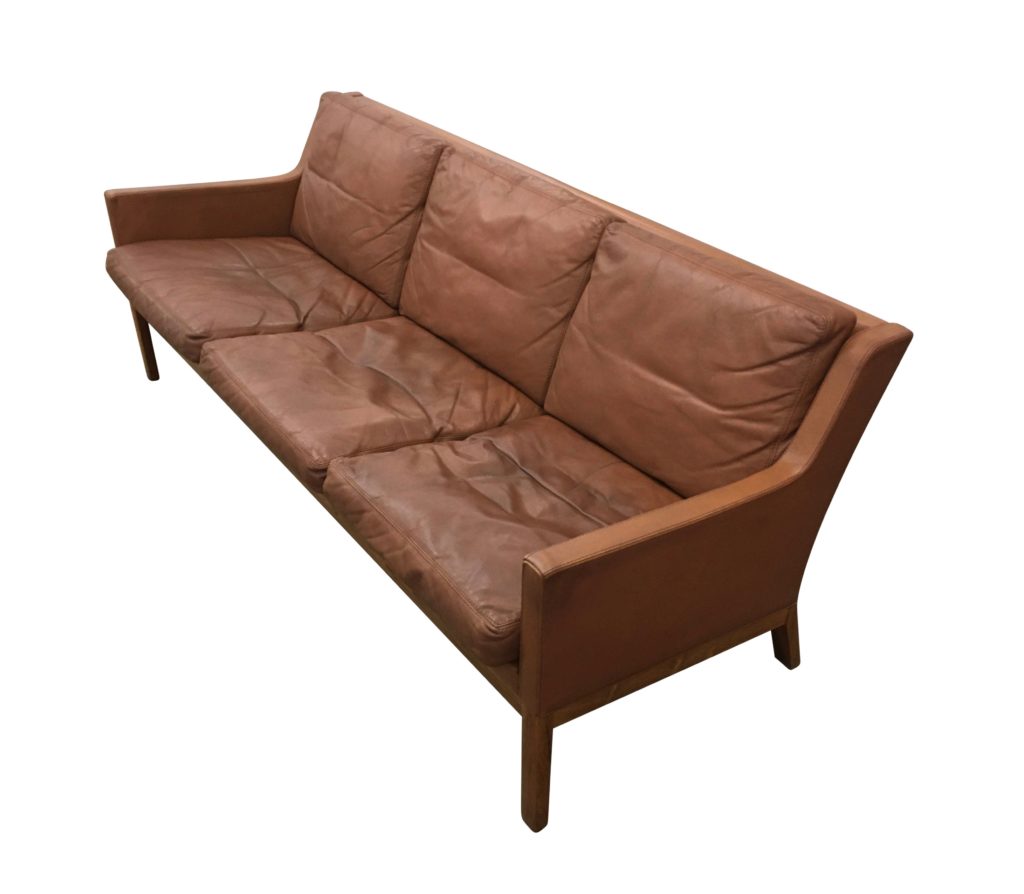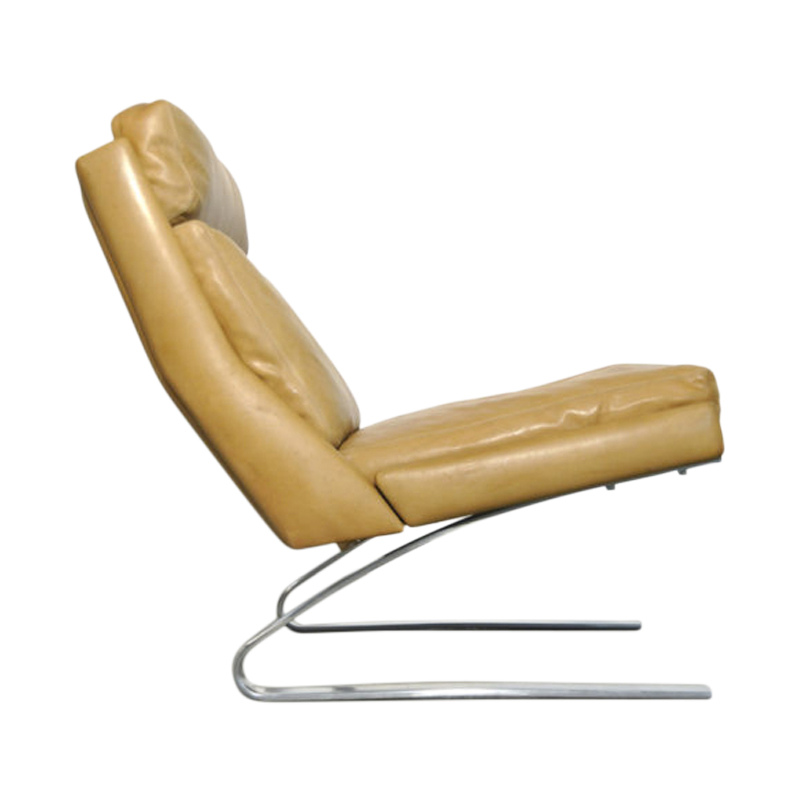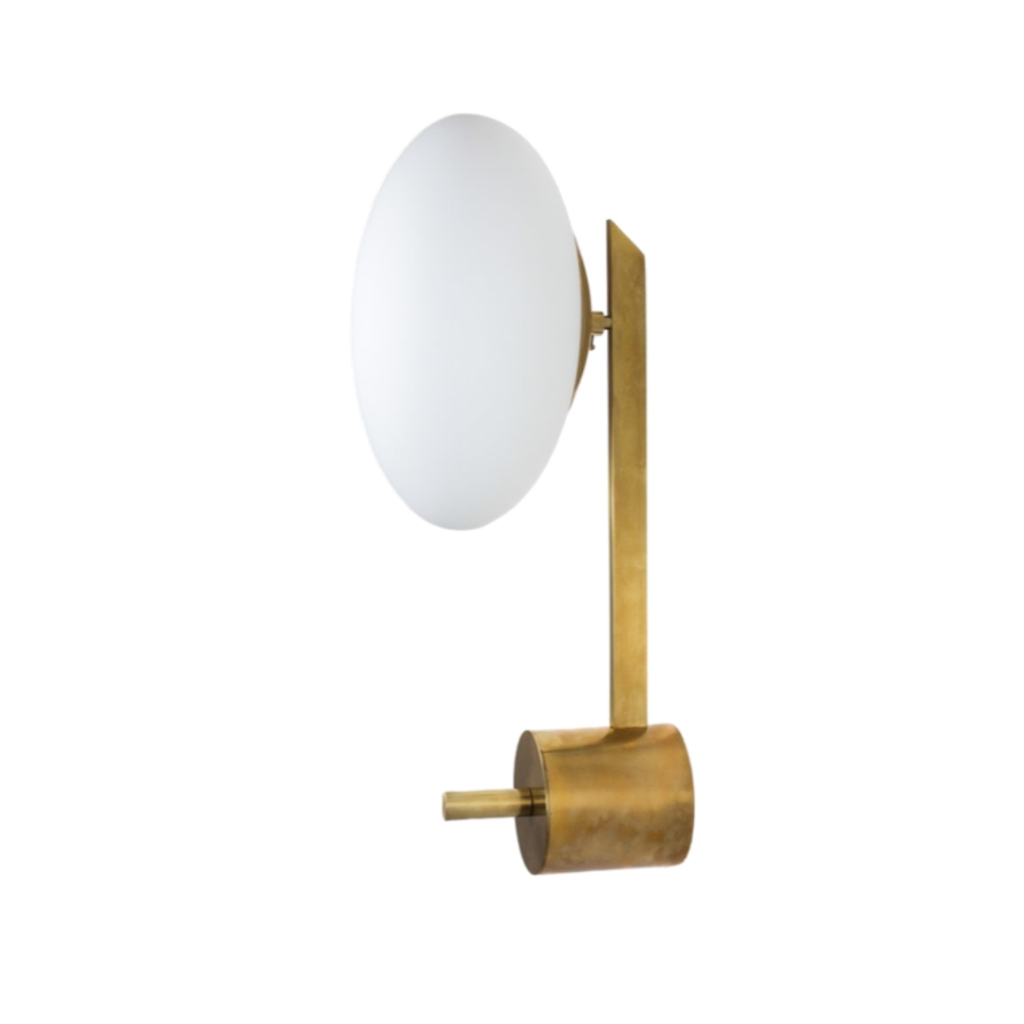Another weekend find!
LARGE Harris Strong 16 tile wall art mounted on a burlap board. The heavily drip glazed ceramic tiles depict Cypress Trees. This early piece is marked #1615 on the back, but is unsigned/missing label. I have collected Asian themed Harris G. Strong for years and have no doubt this piece is the real deal. Standard 6" x 6" tile size with Harris Strong style "Butterfly" hangers.
Tile Art: 48" Tall - 12" Wide - 48.5" Tall - 12.5" Wide w/ Gold Trim
Tile Art w/Frame: 56.5" Tall - 20.75" Wide
Peruche


modernefamilie - that is absolutely striking. It reminds me of an Al Taylor piece I came across on LiveAuctioneers recently, though I doubt the attribution is correct. Link here: https://www.liveauctioneers.com/item/43134386_al-taylor-american-1948-1999
Picked up an oval Knoll table in walnut this weekend. Its top was peppered with nicks and scratches, but it cleaned up nicely. Pardon the poor pics.
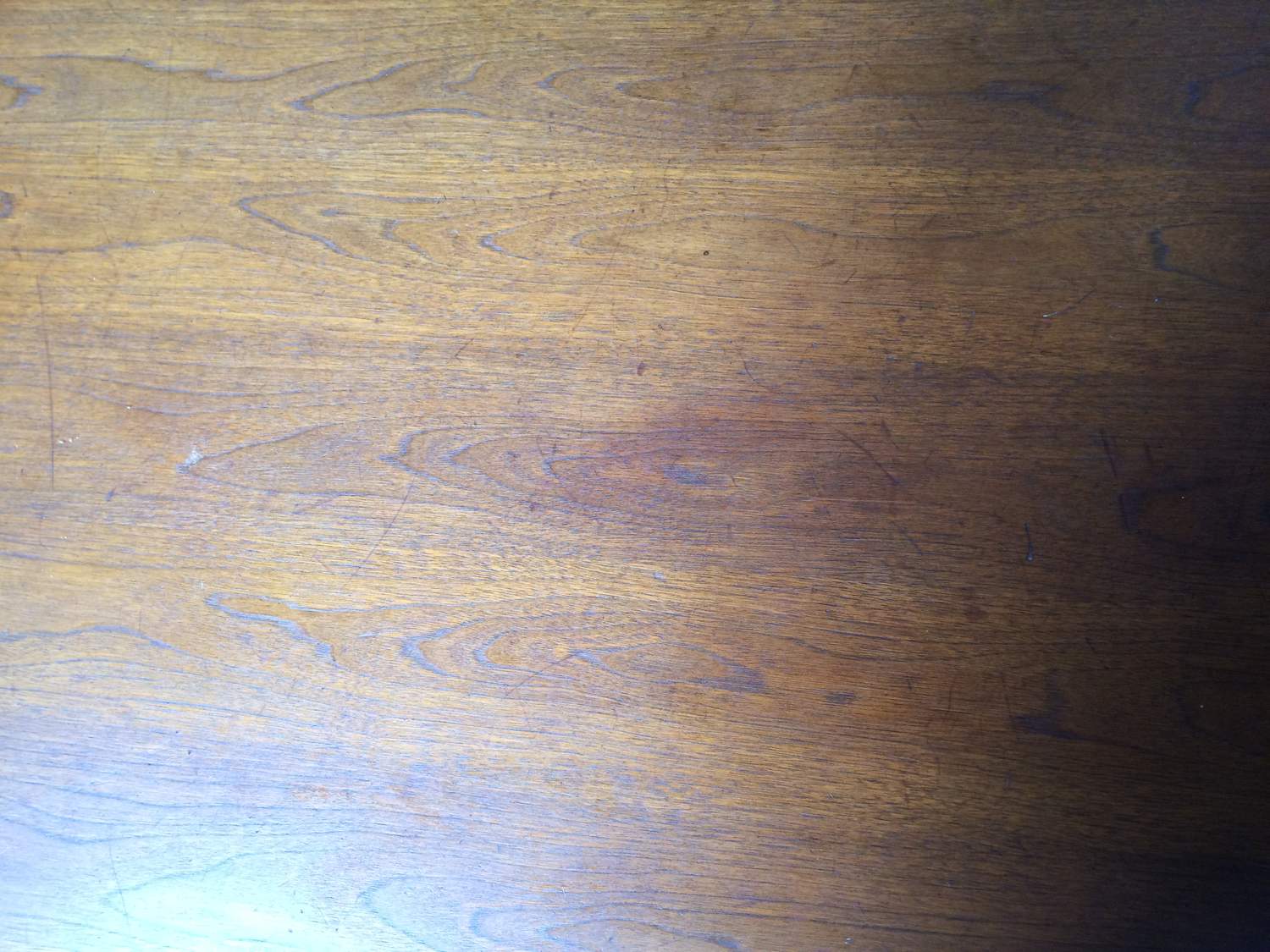
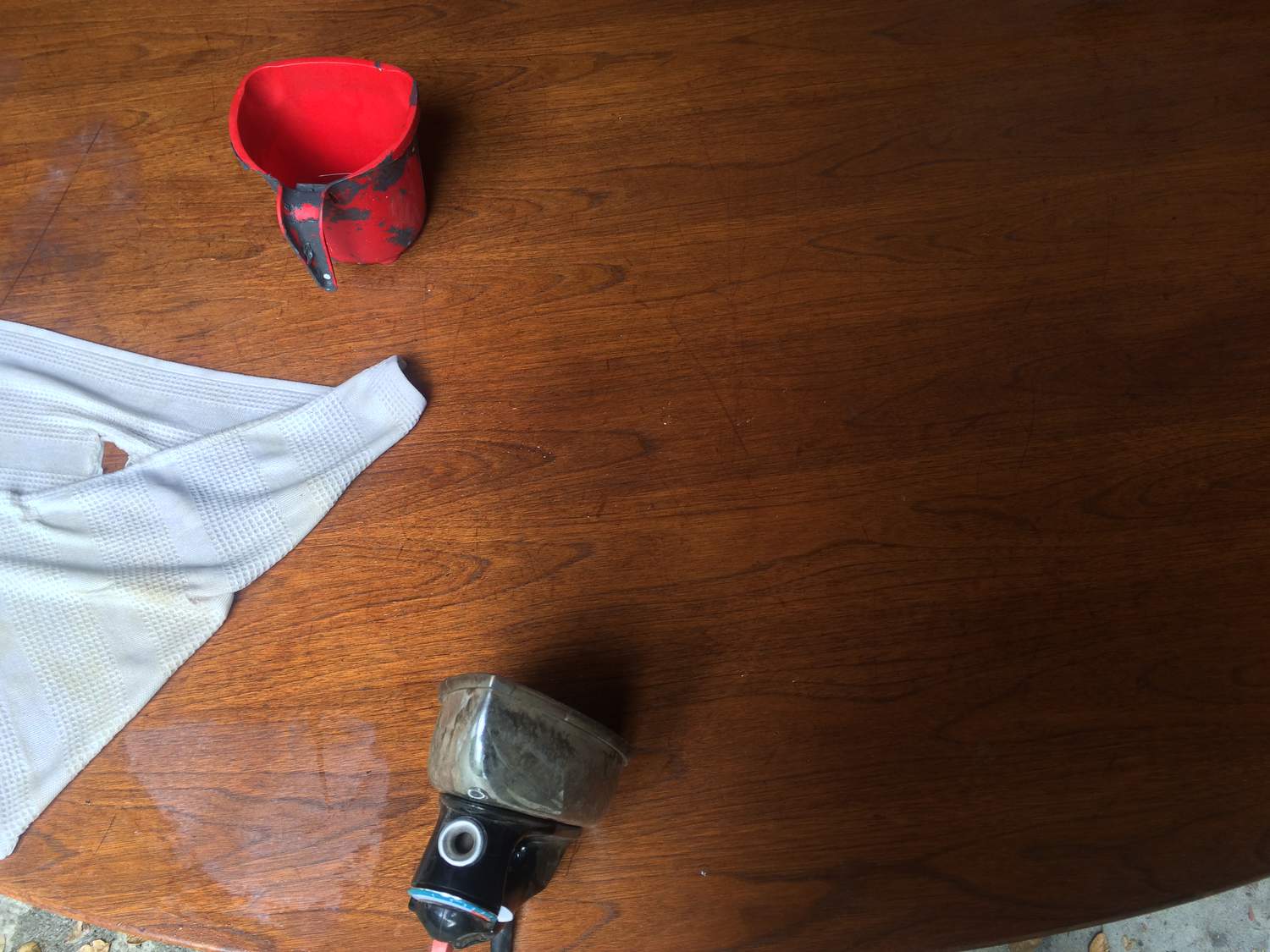
modernefamilie – here is my process:
1) steam out the dents and scratches with an iron on a sopping wet white towel (this tends to turn the original finish white);
2) remove old finish with lacquer thinner and steel wool;
3) scrape remnants of old finish with a razor;
4) hand sand (80, 180, 220, 400);
5) apply oil with walnut tint;
6) wax and buff; and
7) clean base with soapy water and #0000 steel wool.
I am sure there are better / more authentic methods, but this method is fairly reasonable, totaling about five hours start to finish.
Teakhound, the desk top is not adhered to the base in an irreversible manner, is it? It looks about right, and it enables you to use and enjoy the desk, and if you can remove it later if/when you find an authentic top, then who cares!
The oval top looks gorgeous. I would just like to add that if there's any lacquer left on the wood after stripping with lacquer thinner (or acetone) and steel wool, it's safer to just apply more lacquer thinner and let it dissolve the lacquer rather than scraping with razor blades. You may have the skill to do that without scratching the wood, but most people will be best off with just a bit more solvent and steel wool.
PS, my trick to get around the incredible fast evaporation rate of acetone, lacquer thinner and alcohol is to lay cheap paper towels on the surface (they can be wrapped around non-flat parts) and saturate with the solvent. Smooth as many air bubbles out as possible. Reapply solvent as needed for the next 5-10 minutes (put some in a small bottle with nozzle top to cut down even more on waste). Then just wipe the dissolved finish off. This will get most of it and the rest you can get with steel wool and a little more solvent, or just repeat step one. Do a final wipe with clean paper towels and fresh solvent, or steel wool and solvent, then a wipe down.
I sometimes put foil over the paper towels if I am doing a bigger area and can't keep up with even the reapplication. it helps a little.
spanky – No the new top is not irreversible. Interestingly, it appears that the top was originally fastened to the case and upright with 1/2" long aluminum rivets, something no normal person would have ever intentionally undone. So it would have always been moved around fully assembly. However, the weight of the case (this thing is not light!) would certainly have been enough to break the original 1"-thick hollow-core top in half were the desk moved a few times by lifting from the top, which is the typical mode of moving desks. My vote is for design flaw.
Anyway, thanks for the tips re lacquer thinner. I rarely work with the stuff, but I may give the towel / foil trick a hand next time.
Standing ovation, teakhound!
I have that same table in my other pad. The top has seen far too much action, and could use a little kiss. I might just get baked and attempt the project myself. Very nice.
Aunt Mark
ps fumes are better for you than a flu shot (I heard that on Hollywood Square's...I think).
If you need any help, please contact us at – info@designaddict.com






